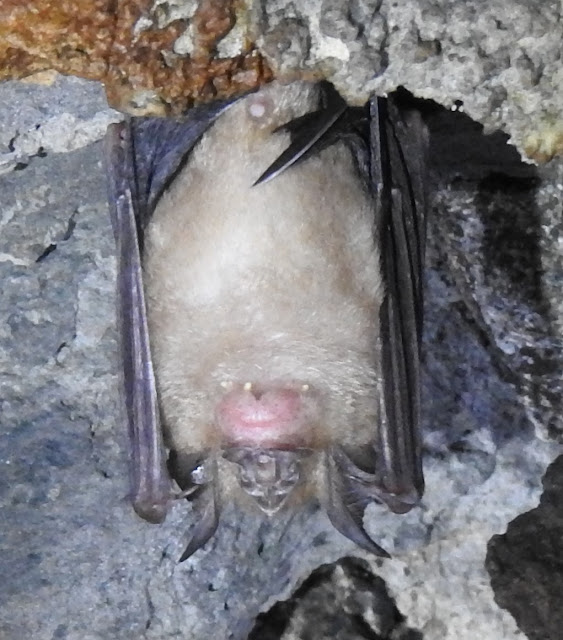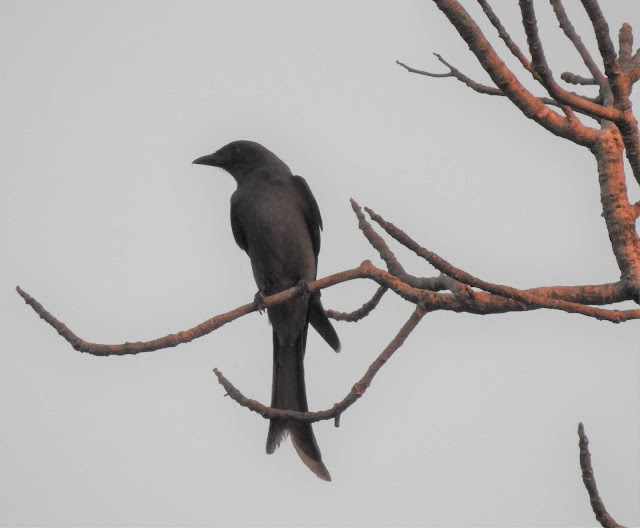 |
| Add caption |
Today was to be largely a travel day. WE had to get out of our hotel, take a 3 1/2 hour train ride north to Pak Chong where we were to be transferred via vehicle to our guest house.
It all went swimmingly.
We walked with luggage from our hotel to the main road where before we had a chance to hail down a cab one stopped and yelled, 'Where you go?'
I explained to him the Bangkok Railway station, the train, Hua Lamphong. He brightened. '200 Baht'.
'No,' I replied, 'meter.'
'No, 200. Long way. Very busy'.
'Meter,' I repeated, pointing at the bloody thing. I walked away.
Soon we were in the cab driving towards the Railway Station meter running brilliantly. 'Where you go?' the driver questioned.
'Pak Chong,' I answered. 'The Chong' using a Ch sound like Chocolate, cheese but not Cheryl.
'Pak Chong,' he parroted. 'Pak Chong. Pak Chong. Pak Chong' He must have said the name some ten times and each time his tone grew more incredulous, He clearly had never heard of Pak Chong. Pak Chong didn't exist and we may have been making fun of him by suggesting such an outlandishly named place. 'Pak Chong,' he said again, emphasising the 'Ch' sound again as if he was a school yard bully mimicking some poor kid's lisp. 'Pak Chong'.
'Khao Yai National Park. Khao Yai.' I explained.
'Khao Yai,' he repeated slowly, emphasising the last syllable with intent. Suddenly the Baht dropped. His eyes widened. 'Pak Shong!' he almost shouted. 'Pak Shong.' The Shong was pronounced with a 'Sh' as in Shirley or shit and the 'ong' had a slight rise in tone. 'Pak Shong!' We were not mad after all.
The conversation lasted much of our 20 minute travel time and we arrived at Bangkok Hua Lamphong Railway Station for a 70 Baht fare.
A mere hour or so later we were on our non air-conditioned train heading north. While there were a few tourists there were also many locals and it was a competition whether one should look out of the window or settle for people watching within the carriage.
Outside the train there was a steady procession of birds, many unidentifiable because of size, distance and the speed of our train; however there were a few old favourites; Red wattled Lapwings, Lesser Whistling Ducks, hundreds [perhaps 1000's] of Open billed Storks. Black and probably Ashy Drongos, White throated Kingfishers, Weaver nests [so there be weavers...], Stilts, Egrets, Pond-herons, a fine Shikra perched on wires, Purple Heron to name but a few.
Our train was scheduled to arrive at Pak Chong [pronounced Pak Shong] at 1-25pm however it was a lazy 20 minutes late.
The pick up want smoothly and most of the folks were squeezed into the back of a ute with baggage. I rode up the front because I am a giant. The new visitors were a mixed crew; 3 from Spain, 1 fella from Switzerland with his girlfriend from Indonesia who had been living in Holland, 1 lady and her 8 year old son from France, and Tom and I. Sadly we were the only ones who were clearly not bi-lingual...
Back to the guesthouse, which was modest but fine, we dumped our gear, scoffed a quick lunch and before 3-15 had come we were back in the vehicles for our half day tour. It was quite good.
From their website; 'Starting in the afternoon, we will take you to see the stalagmites and stalactites in an underground cave, where you will also learn about Buddhist practices and a variety of cave dwelling creatures.
We'll go swimming in a refreshing natural spring, and sunset we'll watch millions of bats leave their cave in swarms for their nighttime hunt.'
 |
| Add caption |
 |
| Add caption |
 |
| Add caption |
 |
| Add caption |
 |
| Add caption |
 |
| Add caption |
 |
| Add caption |
 |
| Add caption |
 |
| Add caption |
 |
| Add caption |
 |
| Add caption |
This is what we did although the swim and the cave were in a different order. The guide was understated but pretty good.
Birds were light on however we did see two spp of snakes and a few different bat species.
 |
| Add caption |
The bat-alanche at dusk was pretty classic; some two million Wrinkle lipped Bats leaving their cave at dusk in a steady stream across a ridge before the dark lines, twisting and turning, sped out than spread out over the countryside to feed on millions of insects. A small pit viper seen near our vehicles was also a highlight as was the fresh fruit supplied as a pre-dinner supper of sorts.
 |
| A close-up of the Wrinkle lipped Bat [image from researchgate.net] |
No comments:
Post a Comment